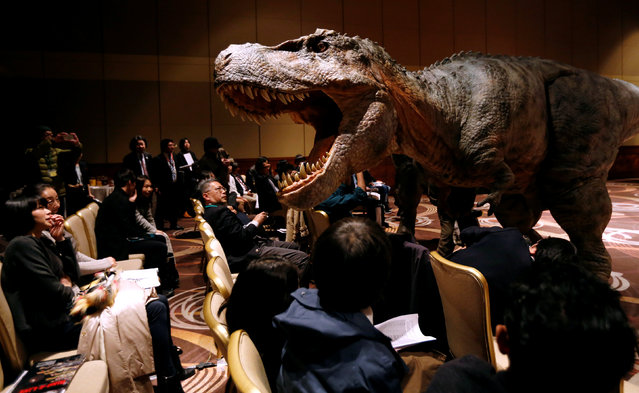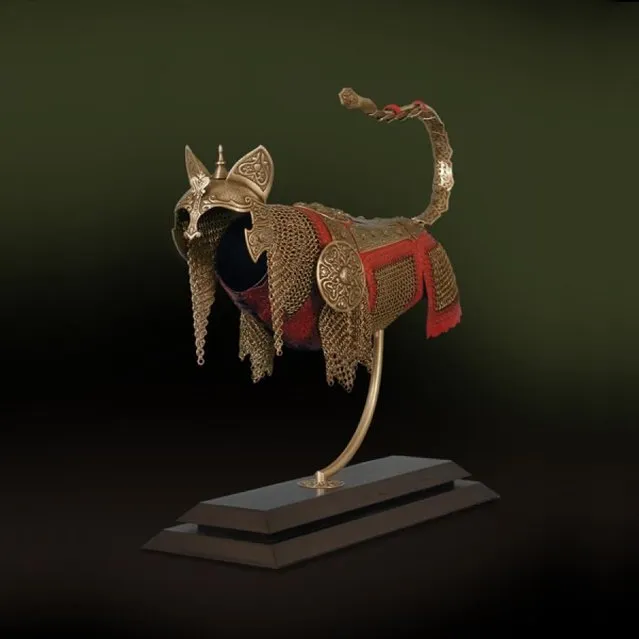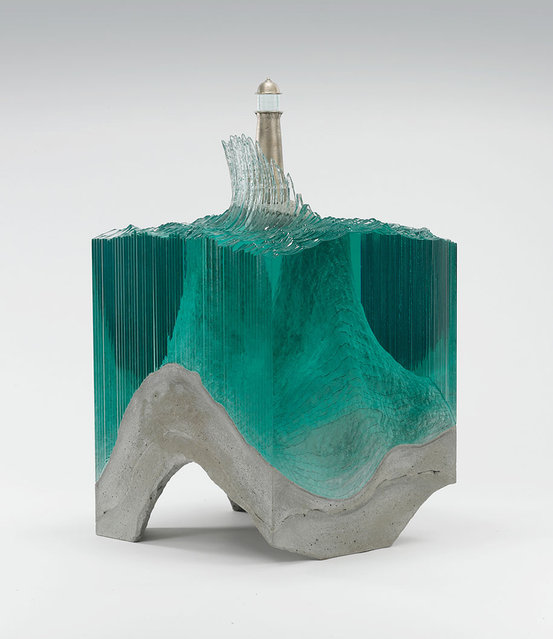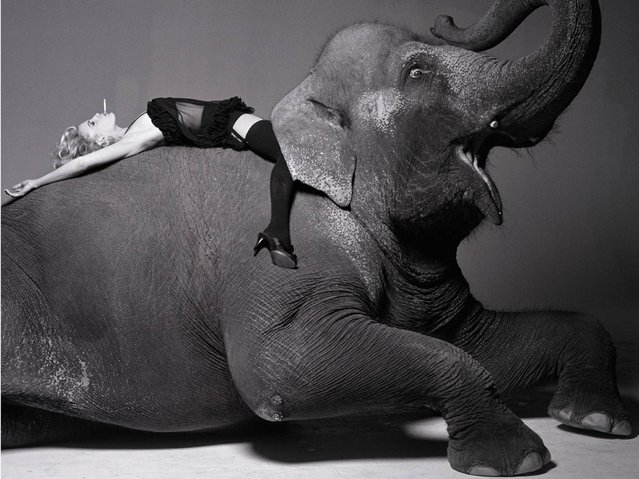
Ireland's Philip Mulpeter, left, is kicked by Brazilian Vitor Nobrega during their welterweight mixed martial arts bout of International Pro Combat at the Estoril Casino in Estoril, near Lisbon, Portugal, Monday, January 26, 2015. Nobrega defeated Mulpeter. (Photo by Francisco Seco/AP Photo)






